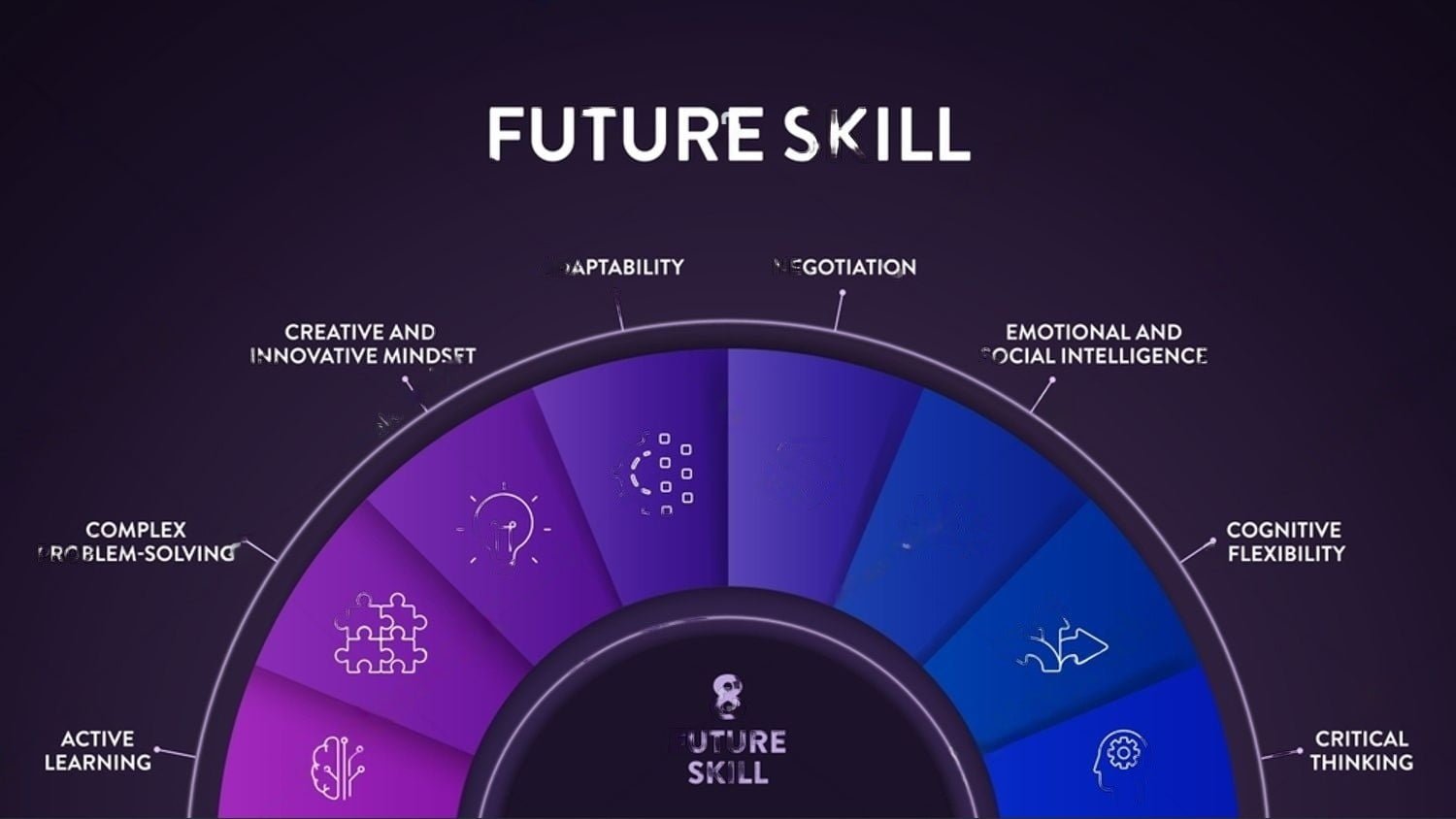Adapting to Student Needs and Abilities, Nurturing Individual Growth in Education. Education is a transformative journey, unique to every individual. In the diverse tapestry of a classroom, students come with varied backgrounds, talents, and abilities. As educators, our responsibility goes beyond imparting knowledge; it extends to understanding, appreciating, and adapting to the distinct needs and abilities of each student. This personalized approach is not just a pedagogical choice but a fundamental necessity, ensuring that every student can thrive and reach their full potential.
1. Embracing Diversity:
Each student is a universe of potential waiting to be explored. By acknowledging and celebrating the differences in their needs and abilities, we create an inclusive learning environment. Students from different cultural, social, and economic backgrounds bring unique perspectives to the table. Adapting our teaching methods to these diverse backgrounds enriches the learning experience for everyone, fostering a sense of belonging and mutual respect.
2. Tailored Learning Plans:
One size does not fit all in education. Tailoring learning plans according to individual needs is the cornerstone of effective teaching. Recognizing the varying paces at which students grasp concepts, educators can customize their teaching methods. Some students might require additional support, while others may need advanced challenges to stay engaged. Personalized learning plans ensure that each student is appropriately challenged and supported, promoting continuous growth.
3. Differentiated Instruction:
Differentiated instruction is a powerful tool that allows teachers to adapt their teaching styles, content, and assessments according to students’ readiness, interests, and learning profiles. By incorporating a mix of instructional strategies such as group activities, peer learning, hands-on experiences, and multimedia resources, educators cater to diverse learning needs. This approach not only accommodates different abilities but also nurtures a love for learning by engaging students on multiple levels.
4. Building Confidence and Self-Esteem:
Adapting to students’ needs and abilities goes beyond academic aspects; it also involves nurturing their social and emotional growth. By recognizing and appreciating their unique talents, educators can boost students’ confidence and self-esteem. When students feel valued and understood, they are more likely to actively participate in class, ask questions, and explore their interests, leading to a positive and enriching educational experience.
5. Fostering a Growth Mindset:
Adapting to student needs and abilities aligns seamlessly with the concept of a growth mindset, where challenges are seen as opportunities for growth. When students realize that their abilities can be developed through dedication and hard work, they become more resilient in the face of challenges. By fostering a growth mindset, educators empower students to embrace their unique learning journeys, encouraging them to pursue their passions and overcome obstacles.
In conclusion,
adapting to student needs and abilities is not just an educational strategy; it is a commitment to nurturing the future generation. By embracing diversity, tailoring learning plans, employing differentiated instruction, building confidence, and fostering a growth mindset, educators pave the way for students to flourish academically, socially, and emotionally. In this inclusive and supportive learning environment, every student has the opportunity to shine brightly, contributing their unique brilliance to the world.


